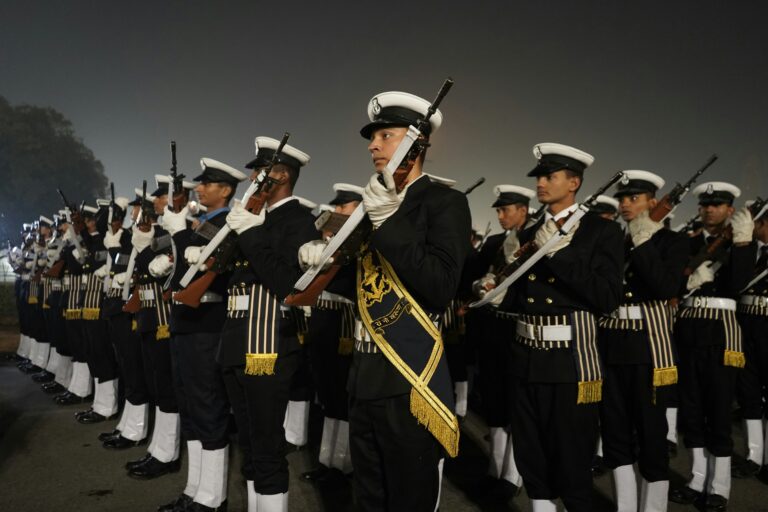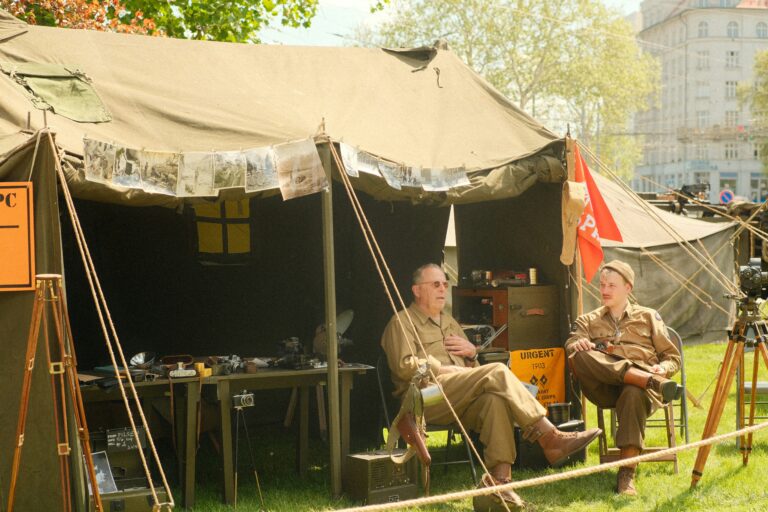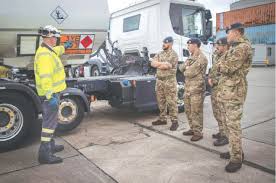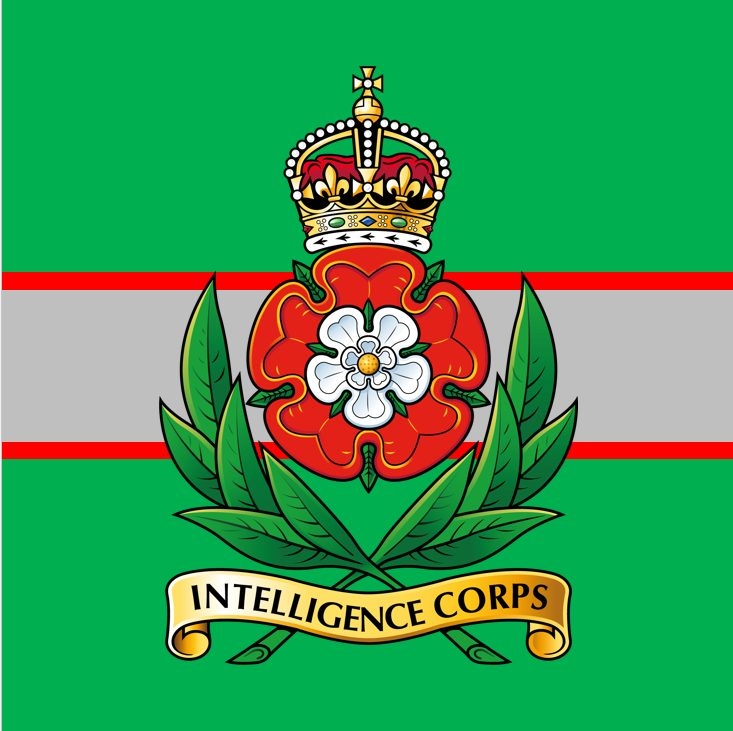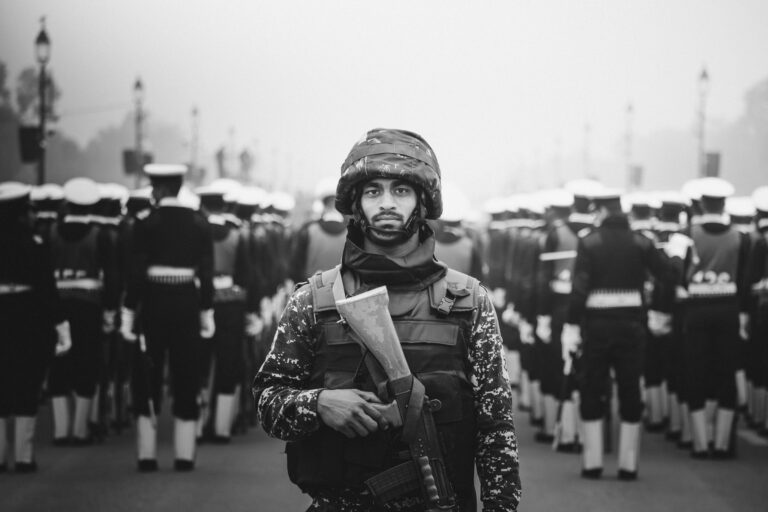Royal Army Veterinary Corps
Introduction
In the chaos of the battlefield or the precision of a ceremonial parade, animals have long played vital roles in military operations — from explosive detection dogs and cavalry horses to working camels and mascots. Behind their care and training stands a unique group of uniformed professionals: the Royal Army Veterinary Corps (RAVC).
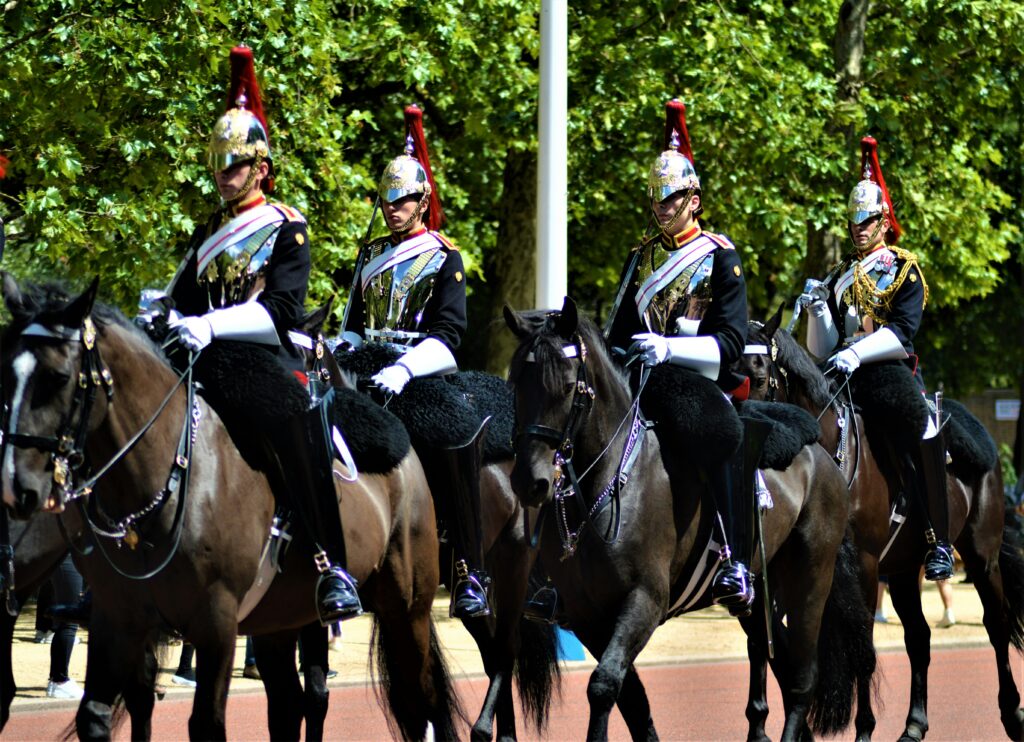
Often working in the background, these soldiers ensure that military animals are healthy, mission-capable, and ethically managed. This article explores the diverse world of the RAVC — its history, roles, careers, and contributions to modern UK military operations.
What Is the Royal Army Veterinary Corps?
The RAVC is a specialist unit within the British Army responsible for:
- Providing veterinary care for working animals
- Training military working dogs (MWDs) and their handlers
- Supporting animal welfare during combat, transport, and deployment
- Ensuring biosecurity and zoonotic disease prevention
- Assisting civilian agencies during emergencies and natural disasters
The Corps is part of the Army Medical Services and works closely with the Royal Army Medical Corps, Military Police, Infantry, and Defence Animal Training Regiment.
A Brief History
The RAVC traces its roots back to 1796, during the Napoleonic Wars, when a permanent veterinary service was established to care for cavalry horses.
Significant milestones:
- 1903: The Army Veterinary Department merged into the Army Veterinary Corps
- 1918: “Royal” prefix granted after WWI for outstanding service
- WWI & WWII: Treated over 2.5 million horses, donkeys, and mules
- Modern era: Expanded focus to dogs, biosecurity, and global deployment
Today, the RAVC has evolved into a high-tech, scientifically informed branch of the Army, balancing animal welfare with operational effectiveness.
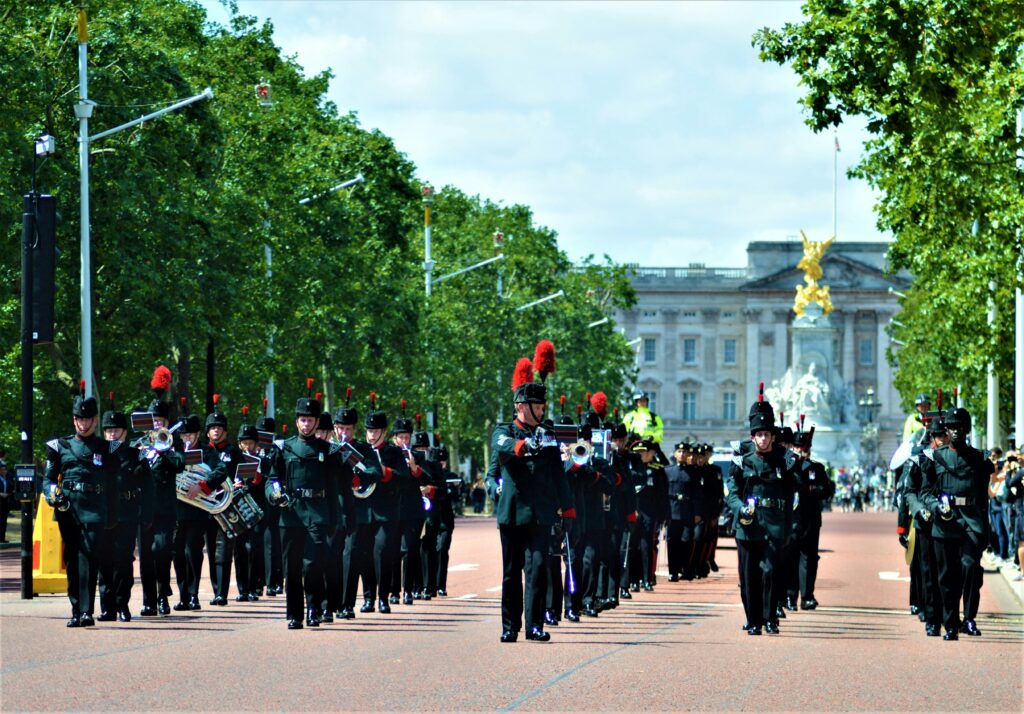
Key Roles and Responsibilities
1. Veterinary Care in the Field
- Diagnosis and treatment of injured or sick military animals
- Field surgeries and first aid in combat zones
- Health inspections and parasite control
- Emergency evacuation of animals from war zones
2. Training and Conditioning
- Working with dog handlers to train dogs for:
- Detection (explosives, drugs, weapons, electronics)
- Patrol and protection
- Search and rescue
- Conditioning regimens for ceremonial and mounted horses
3. Animal Welfare Oversight
- Conducting inspections to ensure ethical standards
- Managing rest periods, feeding schedules, and housing
- Advising on humane transport of animals in aircraft, ships, and trucks
4. Biosecurity and Public Health
- Preventing the spread of zoonotic diseases (e.g. rabies, anthrax)
- Supporting operations involving animal-to-human disease threats
- Liaising with DEFRA, the NHS, and international health bodies
Military Working Dogs (MWDs)
Dogs are the RAVC’s most active operational partners.
Common Breeds:
- Belgian Malinois
- German Shepherds
- Springer and Cocker Spaniels
- Labradors
Roles:
- Explosive Detection Dogs (EDD)
- Protection and Patrol Dogs (PPD)
- Vehicle Search Dogs (VSD)
- Special Forces Dogs trained in fast-roping, parachuting, and night ops
Dogs are trained at the Defence Animal Training Regiment (DATR) in Melton Mowbray, Leicestershire. They are paired with handlers for life and often retired to civilian families.
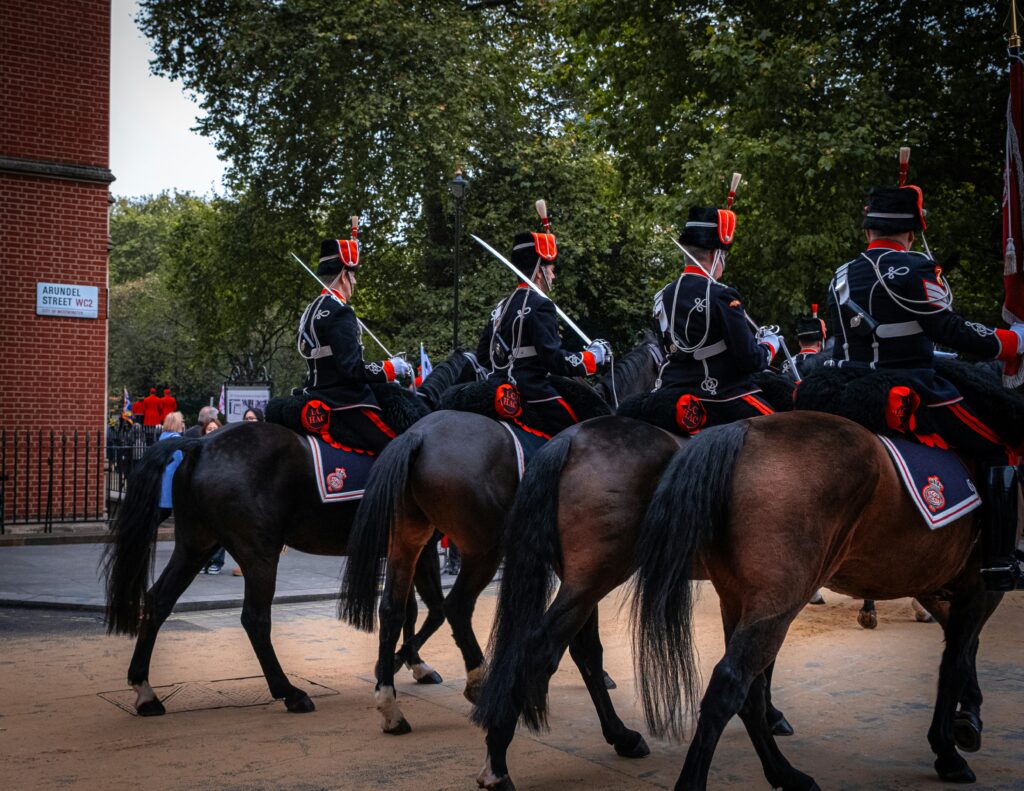
Life as a Veterinary Officer or Technician
Veterinary Officers (VOs)
- Commissioned officers who are fully qualified civilian veterinarians
- Start as Captains, typically after graduating from accredited UK veterinary schools
- Deploy on operations and also advise commanders on animal-related issues
Veterinary Technicians
- Enlisted personnel trained in:
- Basic animal care
- Kennel management
- Field first aid
- Dog handling and behavioural assessment
Training for technicians is delivered through Phase 1 military training followed by specialist courses at DATR.
Real-World Deployments
- Afghanistan & Iraq: Dogs detected IEDs, saving countless lives; RAVC VOs cared for injured animals in combat zones
- Cyprus & Falklands: RAVC provides MWD support for base protection
- London & Windsor: Ceremonial horses receive daily care from RAVC officers
- Ukraine Crisis: Biosecurity officers monitored zoonotic threats at refugee zones and border areas
- Disaster Response: RAVC dog teams assist in earthquake and flood rescues globally

Real Story: Sergeant Victoria Whelan
Sergeant Whelan served in Iraq as an RAVC dog handler. Her dog, Max, a black Labrador, detected over 20 hidden explosive devices during her tour in Basra. On returning, both were awarded the Canine Operational Service Medal, recognising Max’s life-saving efforts.
“You’re not just caring for an animal — you’re trusting them with your life. There’s no deeper bond,” she says.
Challenges in the Role
- Operating in extreme climates (deserts, jungles, arctic)
- Emotional toll of caring for animals injured or lost in action
- High standards of animal welfare compliance under the public eye
- Quick decision-making in combat zones with limited resources
Equipment and Facilities
RAVC personnel use:
- Mobile field veterinary units (trailers or containerised labs)
- Surgical kits for frontline care
- Veterinary telemedicine for consultations from remote locations
- Air-conditioned kennels and rest facilities for working animals
- Protective dog armour and heat sensors for desert operations
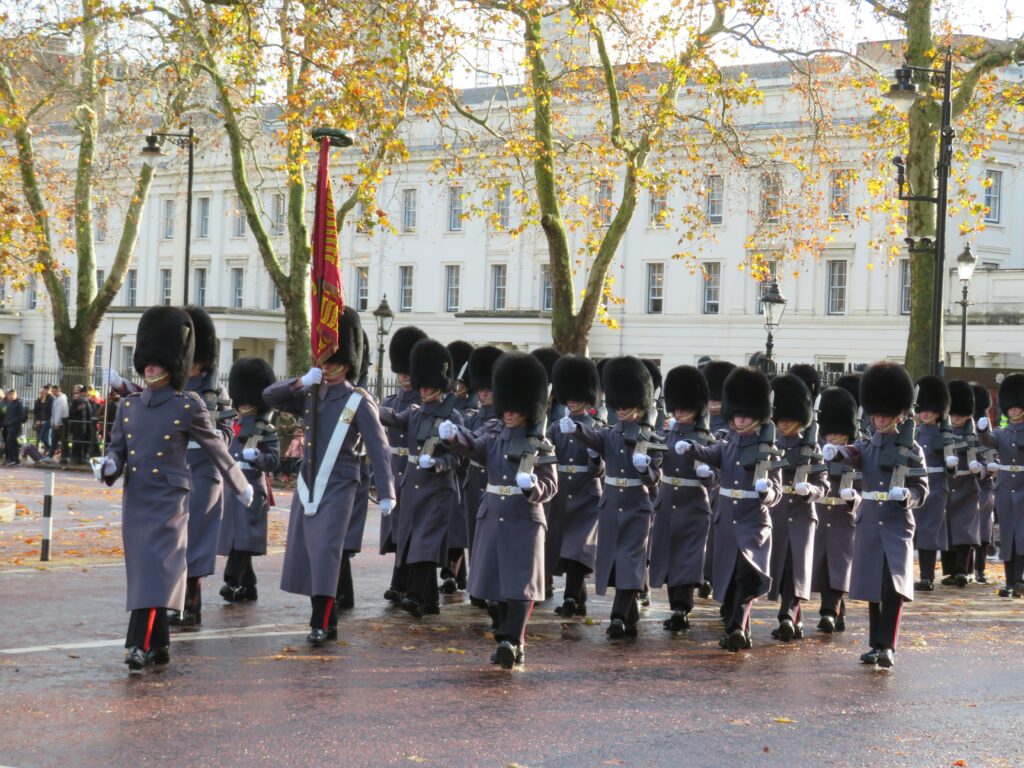
Career Progression and Qualifications
- Veterinary Officers can rise to the rank of Lieutenant Colonel or higher
- Opportunities for further study (animal behaviour, epidemiology, tropical disease)
- Post-military careers in:
- RSPCA, PDSA, DEFRA
- Veterinary private practice
- Wildlife rescue, canine rehabilitation
- Animal-assisted therapy roles in the NHS or veteran programs
Salary and Benefits
- Veterinary Officer Starting Salary: ~£43,000+
- Veterinary Technician: ~£21,000+ with increments
- Operational bonuses and specialist pay
- Housing, pension, education support, and family benefits
- Generous veterinary CPD allowance and overseas travel
The Future of the RAVC
Emerging fields include:
- Robotic animal integration (AI-driven detection dogs)
- Drone-assisted animal rescue
- Genetic profiling for advanced breeding of working animals
- Cyber-veterinary health records integrated with MOD data systems
- Expansion into climate disaster response zones
The Corps continues to modernise, combining age-old animal care with cutting-edge technology.
Conclusion
The Royal Army Veterinary Corps exemplifies a rare and noble calling in the modern British military: to serve those who serve us. Through war and peace, from battlefields to parades, RAVC soldiers ensure that working animals receive the highest care, dignity, and respect.
In doing so, they uphold a centuries-old tradition of partnership between humans and animals — forged in trust, strengthened in combat, and honoured in every paw print left behind.

